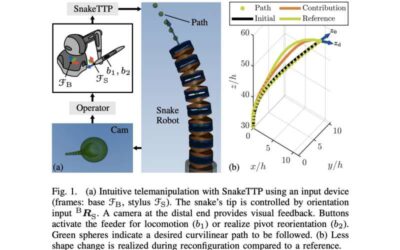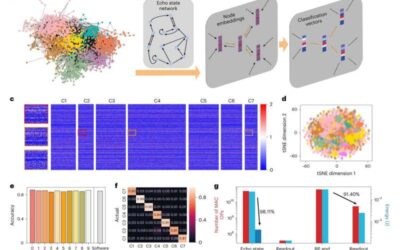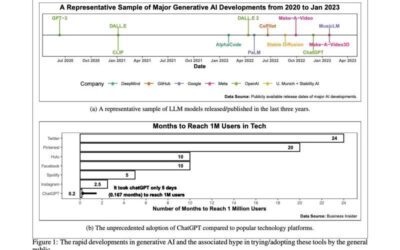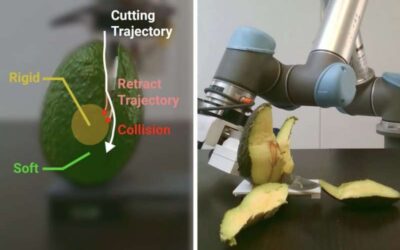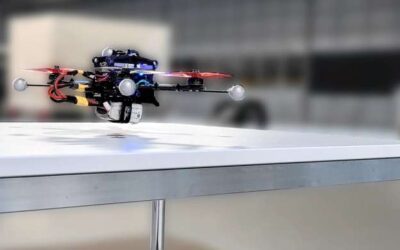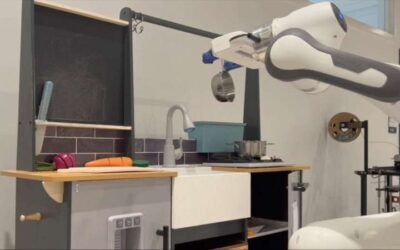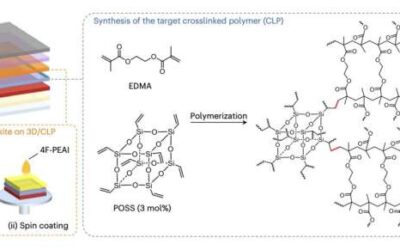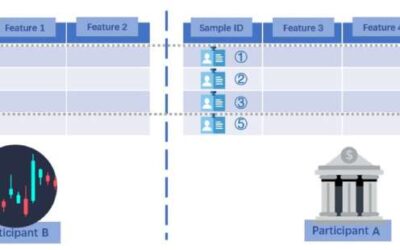Animals have always been a great inspiration for robotic systems, as they offer fascinating natural examples of how different body structures can produce specific movements and locomotion styles. While most animal-inspired robots are inspired by legged animal species,...
TECHXPLORE
A system integrating echo state graph neural networks and analogue random resistive memory arrays
Graph neural networks (GNNs) are promising machine learning architectures designed to analyze data that can be represented as graphs. These architectures achieved very promising results on a variety of real-world applications, including drug discovery, social network...
Study explores the potential and shortcomings of ChatGPT in SPC, education and research
At the end of November 2022, the San Francisco-based company OpenAI launched its prototype of ChatGPT, an artificial intelligence (AI)-based chatbot that can answer a wide range of questions in short periods of time. Since then, users worldwide have been testing the...
A system that allows robots to cut objects made of multiple materials
Humans innately learn to adapt their movements based on the materials they are handling and the tasks that they are trying to complete. When chopping specific fruits or vegetables, for instance, they might learn to cut around harder parts, such as avocado or peach...
A deep learning and model predictive control framework to control quadrotors and agile robots
In recent years, computer scientists have developed increasingly advanced algorithms for controlling the movements of robotic agents. These include model predictive control (MPC) techniques, which use a model of the agent's dynamics to optimize its future behavior...
Aluminum-based low-loss interconnects for superconducting quantum processors
Quantum processors are computing systems that process information and perform computations by exploiting quantum mechanical phenomena. These systems could significantly outperform conventional processors on certain tasks, both in terms of speed and computational...
A robot that can autonomously explore real-world environments
Roboticists have developed many advanced systems over the past decade or so, yet most of these systems still require some degree of human supervision. Ideally, future robots should explore unknown environments autonomously and independently, continuously collecting...
Study explores the viability of realizing stable high-voltage O-redox cathodes
To meet rising energy demands and power the countless electronic devices on the market, researchers will need to develop new advanced battery technologies. These technologies should ideally have higher energy densities and longer lifetimes, so that they can store more...
A strategy to stabilize 3D/2D perovskite heterostructures for solar cells
Hybrid perovskite solar cells (PSCs) made of organic and inorganic materials are highly promising energy solutions that could help to reduce carbon emissions worldwide. In recent years, these cells' power-conversion efficiencies (PCEs) have improved significantly,...
A new inference attack that could enable access to sensitive user data
As the use of machine learning (ML) algorithms continues to grow, computer scientists worldwide are constantly trying to identify and address ways in which these algorithms could be used maliciously or inappropriately. Due to their advanced data analysis capabilities,...

